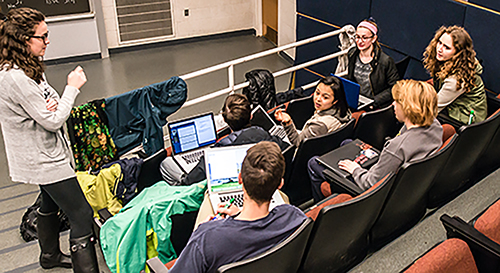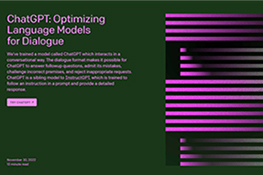Community Engagement
Situating Your Work
Teaching through community engagement is a powerful exercise for all involved. Thinking through the purpose of community collaboration, forms of engagement, and desired student learning outcomes helps faculty members clarify the many decisions they make in creating or revising a course with community connections. This page helps instructors become more aware and explicit about the framework of their course, as well as discover questions and resources that others have found useful.
Purpose
U-M students, like the faculty, have a broad range of purposes as they explore courses on community engagement. Some are seeking basic information, some want to engage critically with ideas like community, equity, and power, some are advocates for social justice, and others want to hone skills for activism. These different motivations overlap, and they can lead to one another over time. Being explicit about the different kinds of purposes a course can serve helps students locate their own development and can generate valuable discussion. Talking about the different kinds of skills that instructors and community members cultivate also helps students locate themselves on a trajectory toward future work.
- Read more about Community Engagement
- 1677 views








